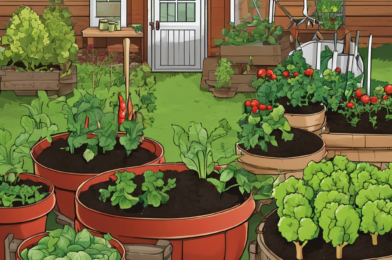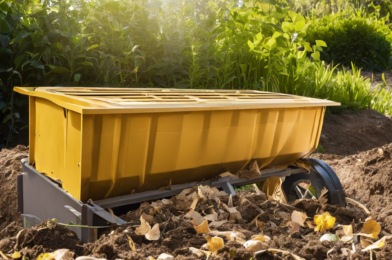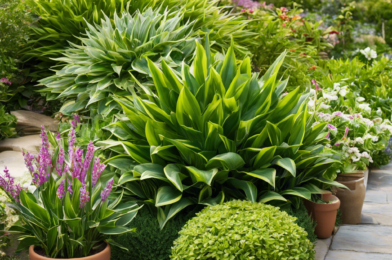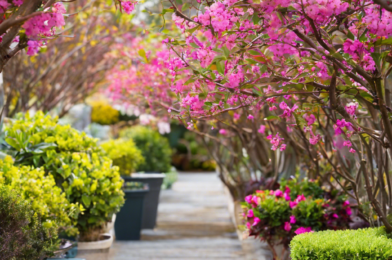(WordPress post formatted article)
Starting a vegetable garden can be a rewarding endeavor that provides you with fresh, healthy produce and a sense of accomplishment. But if you’re a beginner, the prospect of starting a garden from scratch can be daunting. Where do you even begin?
First, assess your space and choose an area that receives ample sunlight. Vegetables typically need at least six hours of direct sunlight per day. Consider the size and layout of your garden, ensuring easy access to water and tools. Good soil is essential for a thriving garden, so take time to prepare the beds, mixing in organic matter to improve drainage and fertility. You can purchase soil testing kits to understand your soil’s makeup and amend it accordingly.
Select the right vegetables for your region and climate. Research which plants grow well in your area and choose a mix of easy-to-grow options and more challenging varieties to push your green thumb. When planning your garden layout, ensure proper spacing to allow for adequate growth and air circulation, and group plants with similar needs together.
Timing is crucial when planting vegetables. Refer to the planting schedule for your zone, typically indicated on seed packets or provided by local gardening organizations. This ensures you plant at the optimal time for each crop. When planting, follow the instructions on the seed packet or transplant tags, taking care not to overcrowd your garden.
Watering is a critical step, and proper techniques can make all the difference. Water early in the morning or late in the evening to reduce evaporation and provide enough moisture to reach the roots. Mulching your garden beds can help retain moisture and suppress weeds. Regular weeding is still necessary to prevent competition for nutrients and water.
Fertilizing your vegetables is essential for robust growth. Side-dressing, or applying fertilizer alongside growing plants, provides a boost during the growing season. Organic fertilizers, such as compost or well-rotted manure, are excellent options. Keep a close eye on your garden and watch for signs of pests and diseases. Early detection and treatment are crucial for a healthy garden.
Growing your vegetables is incredibly rewarding, and with the right care, you’ll soon enjoy the fruits (and vegetables!) of your labor. Happy gardening!
Now that you’ve chosen the perfect spot and prepared the soil, it’s time to decide what to grow. Consider your favorite vegetables and those that are expensive to purchase organically. Grow vegetables that excite you, whether it’s the crispness of fresh lettuce, the sweetness of ripe tomatoes, or the snap of homegrown green beans.
When planning your garden, create a layout that allows for succession planting. This technique involves planting vegetables in batches, ensuring a continuous harvest throughout the growing season. For example, plant quick-maturing radishes alongside slower-growing carrots, and once the radishes are harvested, the carrots will have more room to flourish. Succession planting maximizes space and provides a steady supply of fresh produce.
Starting your plants from seed is a cost-effective method that offers more variety. However, it requires more time and attention. Alternatively, purchasing young plants, or transplants, allows you to bypass the seed-starting stage and get a head start on the growing season. This is an excellent option for those short on time or seeking instant garden gratification.
As your garden grows, regular maintenance becomes key. Stay on top of weeding, watering, and fertilizing to ensure your plants thrive. Protect your plants from common pests and diseases by employing organic gardening practices, such as physical barriers, companion planting, and encouraging beneficial insects. With consistent care, your vegetable garden will flourish, and you’ll soon be enjoying delicious, homegrown meals.
Lastly, don’t forget to enjoy the fruits of your labor! There’s nothing quite like the taste of freshly picked vegetables. Be sure to harvest your produce at its peak and store it properly to prolong its shelf life. Enjoy your garden’s bounty by preserving, canning, or freezing your surplus, ensuring you can savor the flavors of your labor all year round. Happy harvesting!




